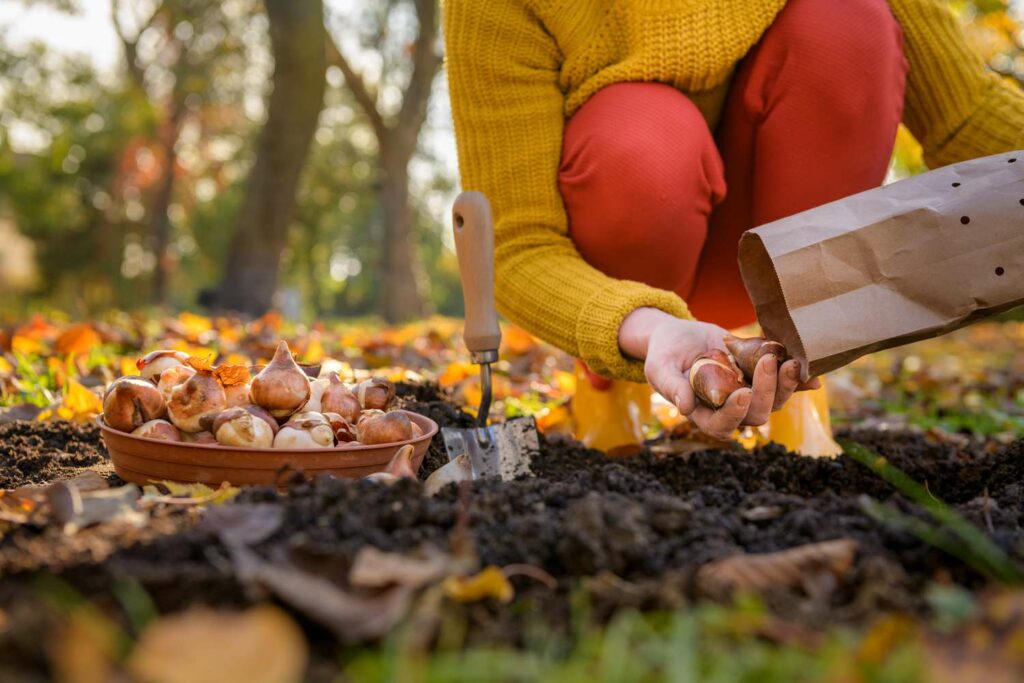Wild About Flowers
go.ncsu.edu/readext?1030166
en Español / em Português
El inglés es el idioma de control de esta página. En la medida en que haya algún conflicto entre la traducción al inglés y la traducción, el inglés prevalece.
Al hacer clic en el enlace de traducción se activa un servicio de traducción gratuito para convertir la página al español. Al igual que con cualquier traducción por Internet, la conversión no es sensible al contexto y puede que no traduzca el texto en su significado original. NC State Extension no garantiza la exactitud del texto traducido. Por favor, tenga en cuenta que algunas aplicaciones y/o servicios pueden no funcionar como se espera cuando se traducen.
Português
Inglês é o idioma de controle desta página. Na medida que haja algum conflito entre o texto original em Inglês e a tradução, o Inglês prevalece.
Ao clicar no link de tradução, um serviço gratuito de tradução será ativado para converter a página para o Português. Como em qualquer tradução pela internet, a conversão não é sensivel ao contexto e pode não ocorrer a tradução para o significado orginal. O serviço de Extensão da Carolina do Norte (NC State Extension) não garante a exatidão do texto traduzido. Por favor, observe que algumas funções ou serviços podem não funcionar como esperado após a tradução.
English
English is the controlling language of this page. To the extent there is any conflict between the English text and the translation, English controls.
Clicking on the translation link activates a free translation service to convert the page to Spanish. As with any Internet translation, the conversion is not context-sensitive and may not translate the text to its original meaning. NC State Extension does not guarantee the accuracy of the translated text. Please note that some applications and/or services may not function as expected when translated.
Collapse ▲With the arrival of fall weather, it may seem like it’s too late for planting anything that blooms, BUT, now is just the right time if you want to grow wildflowers next spring! With a little planning, preparation and know-how, you’ll be enjoying your own wildflower patch in the spring before you know it!
Fall planting of wildflower seeds works because it mimics the natural process that occurs as summer ends and existing plants in the landscape begin to fade and their seeds are scattered by wind, rain, and critters. These seeds will lay on the surface of the ground throughout the winter, waiting for spring to signal to them that it’s time to grow.
For many kinds of wildflowers, experiencing cold weather is a necessary step in order for them to germinate and grow in the spring – so don’t worry about the winter weather! They need it!
What is Cold Stratification?
For the other seeds that don’t necessarily need the exposure to cold weather, fall is still a great time to plant them as well because the cooler weather and increased rainfall are great conditions for growing healthy strong roots and getting a head start before spring arrives.
Another benefit to starting your wildflower seeds in the fall is that allowing them to have a head start will also make it more difficult for spring weeds to grow and develop among them. They can start now and create a ground covering carpet that will keep out the weed seeds next year. This will ultimately result in stronger wildflowers with more blooms because they won’t have to compete for nutrients and sunlight as much.
So now that you know WHY to plant, what about HOW? Wildflowers are relatively simple and low maintenance to grow. Seeds need to be sown up to 8 weeks before the first frost depending on the variety, so the time to spread them is now!
Find a spot that receives full sun for 6-8 hours per day and is a location where the seeds will be able to touch soil when they are spread. (Throwing them over an existing lawn or patch of pine straw might not lead to much success.) If you feel that the soil is lacking or doesn’t have good drainage, you can always spread a thin layer of compost over the area prior to broadcasting your seeds.
If there is some existing vegetation in the area where you are hoping to plant your wildflowers, you can mow it or even cover it with cardboard or mulch a few weeks in advance to suppress growth and once removed will allow for exposure to the soil for your seeds. This is also a good time to consider incorporating a few spring flowering bulbs too! Generally, they will want to be planted 4-6 inches below the surface, so get them in first before your seeds.
When you’re ready to plant your seeds it can be as simple as scattering them by hand as evenly as possible over the area where you want them to grow and then lightly tamp the area (walking over it gently works too) to make sure that the seeds are touching the soil.
The seeds don’t need to be covered with any additional soil either- fall and winter rains should do the rest of the work for you! Now, all you’ll have to do is wait for spring and enjoy all of the beautiful blooms! The pollinators will thank you too! As always, if you have any questions about what to plant and how to grow it, we’re here to help!
Keep in mind too that the Master Gardener Plant Toolbox is also a great resource for choosing the best plants based on your specific conditions. You can narrow your search based on light conditions or even plants that deer won’t eat!
Happy wildflower planting!









